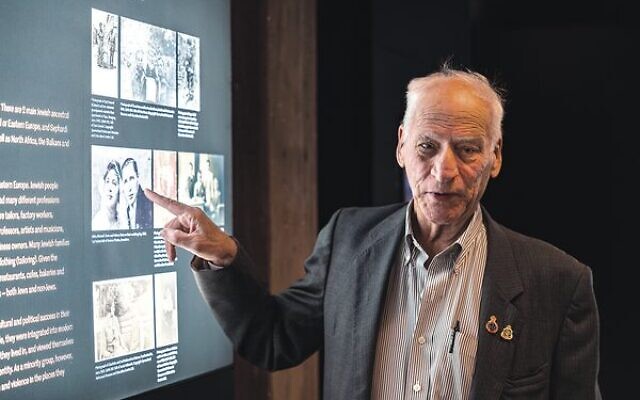Qld Shoah museum opens
'Antisemitism is evil. Pure and simple. It's not just a horror of the past – it's still among us today'
The new Queensland Holocaust Museum, the state’s first museum to be dedicated to the Shoah officially opened last Friday, honouring more than 200 Holocaust survivors who made Queensland their home.
The museum was opened by Premier Annastacia Palaszczuk, Minister for Multicultural Affairs Leanne Linard and Councillor for Central Ward, Vicki Howard.
“Antisemitism is evil. Pure and simple. It’s not just a horror of the past – it’s still among us today,” Palaszczuk said.
“That’s why we are opening Queensland’s first Holocaust Museum and Education Centre.”
Visitors to the museum will hear first-hand filmed testimonies from Queensland survivors who tell their stories about life before, during and after the Holocaust. The museum also pays tribute to those Righteous Among the Nations who saved Jewish lives.
Jason Steinberg, chairman of the Queensland Holocaust Museum and Education Centre (QHMEC), said the museum would not have been possible without the support of the Queensland government, from which it received $3.5 million, as well as $500,000 from Brisbane City Council.
The federal government has also made a commitment of $3.5 million, and the Catholic Archdiocese of Brisbane is providing the space for the museum.
“We all have a huge responsibility to keep the memory of the Holocaust alive so that the atrocities are never forgotten. Our multifaceted and engaging museum tells the story of the Holocaust in a way that it has never been told – through the voices, stories and artefacts provided by Queensland survivors,” Steinberg, who is also president of the Queensland Jewish Board of Deputies, said.
“Our education programs will resonate strongly with school students and encourage tolerance and strategies to stand up against hate of any kind.”
Stories include that of Eva Klug who survived two concentration camps, fought in the resistance and convinced a Russian Commandant to give her a truck and driver so she could save more than 200 dying people and get them to a hospital in Prague. In 1947, Eva married fellow survivor, Bert Klug, before the couple migrated to Australia in 1948.
John and Ada Lipski, who were married in the Lodz Ghetto are also featured. The pair were separated when they were sent to death camps, finding each other by chance after the war. They arrived in Brisbane in 1950, becoming integral members of the Jewish community.
Along with the physical museum in Brisbane, the QHMEC has created a mobile museum that will tour regional Queensland and a digital museum that will be relevant internationally.


comments